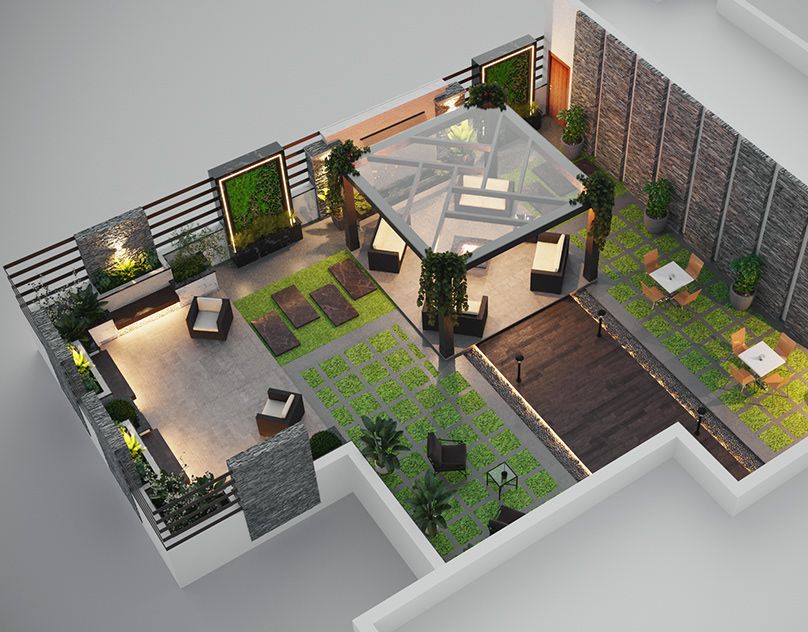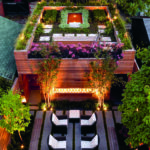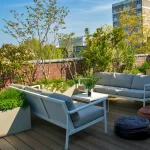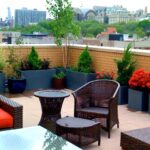When it comes to maximizing outdoor space in urban areas, roof gardens have become a popular trend. Roof gardens are not only aesthetically pleasing but also provide numerous benefits such as improving air quality, reducing energy consumption, and creating a peaceful retreat in the midst of a bustling cityscape. Designing a roof garden requires careful planning and consideration to ensure that it not only looks beautiful but also functions well.
The first step in designing a roof garden is to assess the structural integrity of the roof. It is essential to consult with a structural engineer to determine the weight-bearing capacity of the roof and ensure that it can support the weight of the garden. Once the structural assessment is completed, considerations can be made for the layout and design of the garden. Factors such as sun exposure, wind direction, and drainage must be taken into account to create a functional and visually appealing space.
In terms of layout, it is important to create designated areas for different activities such as dining, lounging, and gardening. Utilizing different levels and heights can help create visual interest and define separate spaces within the garden. Incorporating elements such as pathways, seating areas, and water features can enhance the overall design and create a sense of tranquility in the space.
When selecting plants for a roof garden, it is important to choose species that are well-suited to the rooftop environment. Plants that are drought-tolerant, low-maintenance, and able to withstand extreme temperatures are ideal choices for a roof garden. Succulents, ornamental grasses, and evergreen shrubs are popular options that can thrive in a rooftop setting. It is also important to consider the weight of planters and containers when selecting plants to ensure that they do not put excessive strain on the roof.
In addition to plants, incorporating hardscaping elements such as decking, paving, and decorative features can add visual interest and functionality to a roof garden. Using sustainable materials such as reclaimed wood, recycled metal, and permeable paving can help reduce the environmental impact of the garden and create a cohesive design aesthetic. Lighting is also an important consideration in roof garden design, as it can extend the usability of the space into the evening hours and create a warm and inviting ambiance.
Overall, designing a roof garden requires a thoughtful approach that considers both aesthetics and functionality. By taking into account factors such as structural integrity, layout, plant selection, and hardscaping elements, a well-designed roof garden can become a beautiful and sustainable oasis in the heart of the city. Whether used for relaxation, entertaining, or gardening, a roof garden can be a valuable addition to any urban space.
















